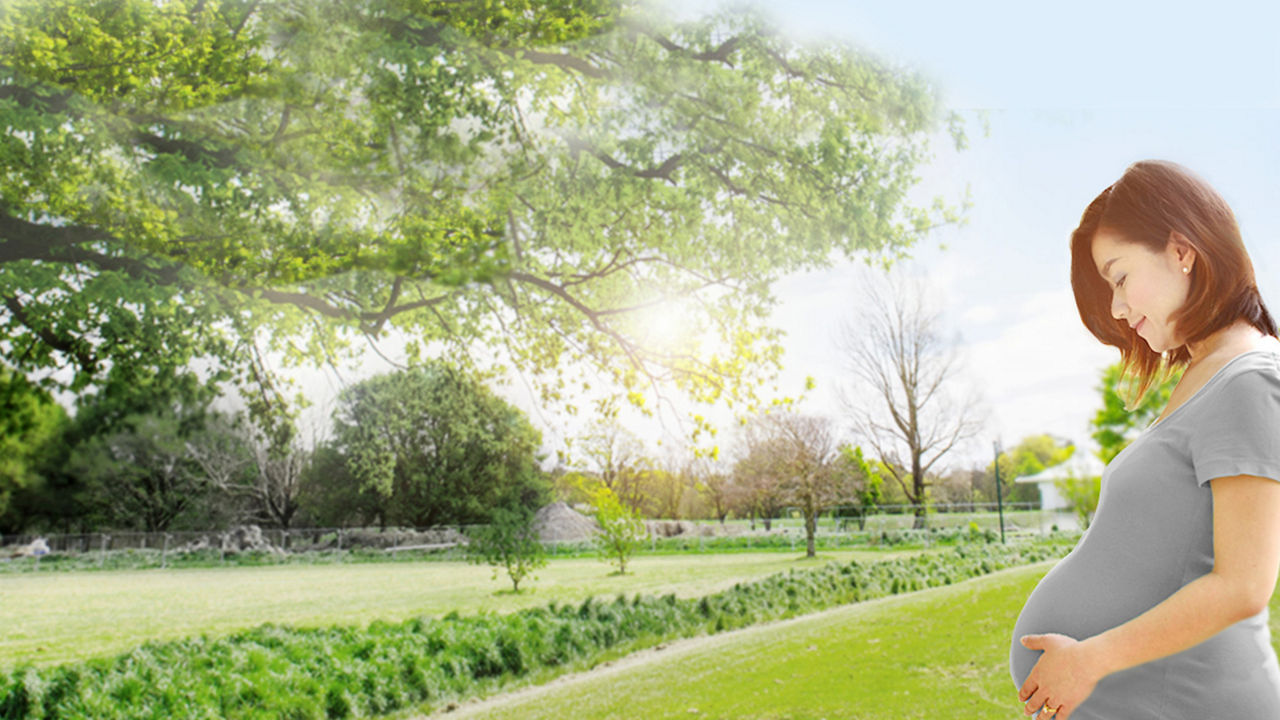Breastmilk is the best for babies. The World Health Organisation recommends exclusive breastfeeding for the first six months of life. Unnecessary introduction of bottle feeding or other food and drinks will have a negative impact on breastfeeding. After six months of age, infants should receive age-appropriate foods while breastfeeding continues for up to two years of age or beyond. Consult your doctor before deciding to use infant formula or if you have difficulty breastfeeding.
- Week 1
- Week 2
- Week 3
- Week 4
- Week 5
- Week 6
- Week 7
- Week 8
- Week 9
- Week 10
- Week 11
- Week 12
- Week 13
- Week 14
- Week 15
- Week 16
- Week 17
- Week 18
- Week 19
- Week 20
- Week 21
- Week 22
- Week 23
- Week 24
- Week 25
- Week 26
- Week 27
- Week 28
- Week 29
- Week 30
- Week 31
- Week 32
- Week 33
- Week 34
- Week 35
- Week 36
- Week 37
- Week 38
- Week 39
- Week 40
So-called spontaneous or natural births can be divided with different degrees of labor in 4 stages. Find out how your baby makes its way into the world.
Stage 1: opening phase
A midwife or nurse should accompany the birth starting from the first Braxton Hicks contractions?
Many women want from the beginning the assistance of a midwife. A freelance midwife comes to your home as soon as the birth pangs of use - for many pregnant women a comforting thought.
That your baby now will soon come into the world, is announced by Braxton Hicks contractions or "practice contractions", which can last for days. You can feel like back pain or a twinge in the lower abdomen, cramps, mild contractions.
The opening phase - the actual birth process - begins with contractions coming at a distance of 5-10 minutes and last for at least one minute.
"How do you recognize that it is travail?"
Stage 2: transition
As a transitional phase is called the final section of the first stage, in which the cervix to the last 2 of the necessary 10 cm widens. At this stage, the assistance of a midwife and the partner or the person accompanying is important.
The contractions are now regularly every 3 minutes. They are very strong, because they have to ensure that the child pushes deeper into the pool and into "Start Position" turns. Many women experience this phase as the most unpleasant and often require for a painkiller.
The midwife helps breathing and during pressing.
Now it is important to focus on breathing: In each wave a deep breath and the air also eject again. This loosens the muscles in the uterus, thus reducing the pain.
At the end of the transitional phase, the cervix is opened to about 10 centimeters in diameter. The baby has now arrived at the pelvic floor and slips into the birth canal.
Then the time has come: The contractions begin - and with them the most exciting phase: your baby comes.
What at birth relieves pain
Epidural
A thin tube in the spinal canal is a local anesthetic from which eroding the pain to a manageable level - and this is at 96 per cent of women.
Spinal anesthesia
A syringe into the spinal canal brings rapid relief from pain. This method is mainly used when the birth progressed very far and is particularly stressful. Sometimes it is also coupled to the PDA.
Opiate
In the opening stage of labor sometimes be opiates, so relatives of morphine injected into the buttocks. They act analgesic and calming and can help ensure that the cervix opens faster.
Stage 3: pressing phase
Strong contractions at intervals of 2 to 3 minutes, with no really perceptible breaks, are a sign that the second stage begins. The baby has now arrived on the pelvic floor, his head turns into the birth canal and presses on the extremely intestine. You will feel the urge to mitzupressen. The so-called contractions help push the head out of the birth canal to the outside.
When the head is out there, it takes only a little moment, followed by the shoulders and the rest of the small body, often with a gush of amniotic fluid. Once the child begins to breathe, it will cut the cord and placed on your abdomen. Your baby is born!
Stage 4: afterbirth
Shortly after delivery employ with the postpartum contraction. More contractions pull together the uterus so that the placenta (placenta) separates from the uterine wall. Together with the fetal membranes, which have become the cover for the amniotic fluid, and the rest of the umbilical cord it is pushed through the birth canal.
Then comes a crowning moment: You probably get your newborn already applied for the first breastfeeding in the first 30 minutes after birth. Through the birth stress Newborns are at this time namely particularly awake and the sucking reflex is now the strongest. The early creation promotes milk production and the "zeroing" of milk.
The postpartum period is for your rest from birth there.
Most young mothers remain after the birth for a few days in the hospital. The postpartum period is intended as a time out for you in order to recover from the rigors and to bond with their child. The clinic staff will provide you with many useful tips and important information about your baby and now impending time. Enjoy this first week full of new experiences and adventures with your baby.
Join our AptaAdvantage Club today to enjoy:
- Educational content to support you on your motherhood journey
- Various complimentary classes and exclusive discounts with our key enrichment partners
Kickstart your AptaAdvantage experience by signing up HERE.
Related articles

Connect with our team of experts
We provide advice and support for you on your parenthood journey




